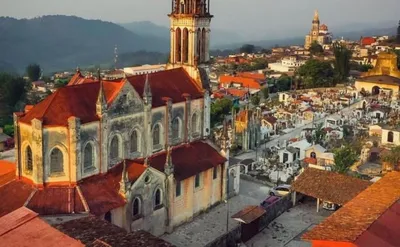
Cuetzalan, Puebla: Unraveling the Wonders of a Pueblo Mágico
Cuetzalan Puebla offers the charm of the pre-Hispanic Mexican culture like no other.
It achieved the rank of Magical Town in 2002 due to its indigenous life’s anthropological and cultural value and the beauty of its architecture.
Cuetzalan is a town of sloping streets, with wide eave houses and thick walls painted white and red, giving it a peaceful and cozy atmosphere.
The town enjoys a subtropical semi-humid climate typical of the foothills of the northern Puebla Sierra.
The area is rainy, and the forests of the nearby mountains are foggy, so fog frequently descends on the town, and the clouds almost touch the ground.
You should keep these weather eventualities during your visit and take the necessary precautions. The temperature is somewhat higher than 23° C in the hottest months.
Where is Cuetzalan Puebla?
The distance between Mexico City and Cuetzalan is about 300 km in a southeast direction, which takes about 4.5 hours on the highway to Puebla de Zaragoza.
If you’re already in Puebla, take the route Apizaco – Zacapoaxtla – Cuetzalan (175 Km heading northeast).
From the mainland terminals of Mexico City and Puebla, there are direct buses to Cuetzalan.
What does “Cuetzalan” mean?
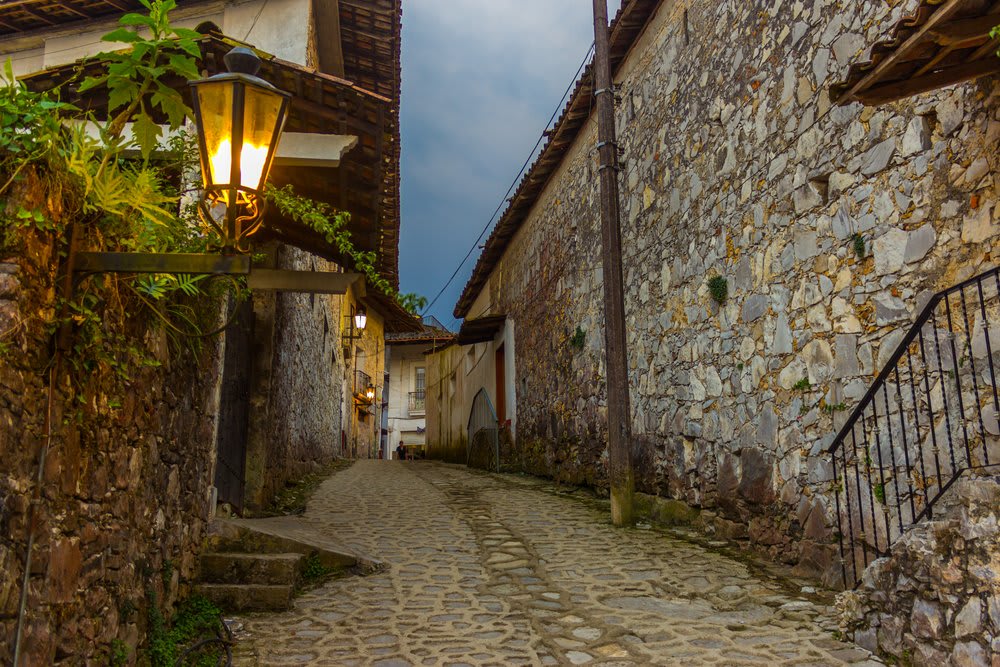
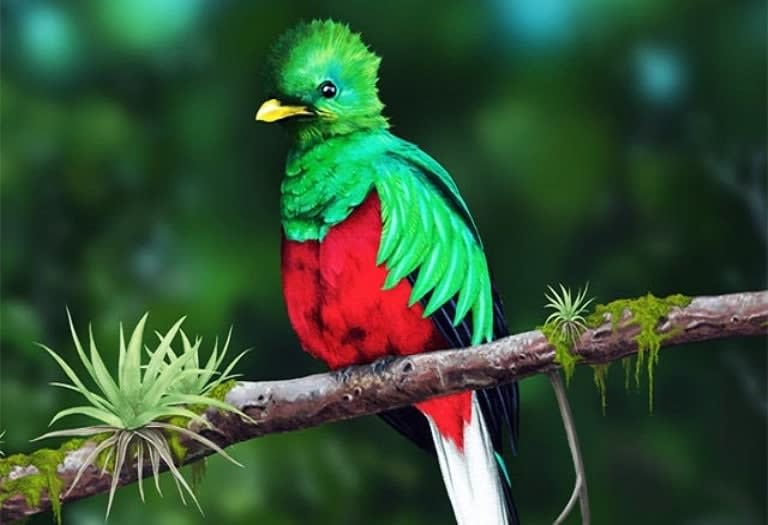
The Quetzal bird was a sacred animal in indigenous Mesoamerican mythology.
The bird’s beautiful feathers were sought after by the Indians for offerings to the gods and used in essential clothing and rituals.
It is believed that the original name of “Cuetzalan” was “Quetzalan,” whose meaning is “place of quetzal abundance.”
Towards the end of the pre-Christian era, Cuetzalan was part of the Totonacapan.
This pre-Hispanic region developed around El Tajin, near the current Veracruz Magical Town of Papantla and the supposed capital of the Totonaca empire.
This version is supported by archaeological evidence found in the municipality of Cuetzalan del Progreso.
During the conquest, Cuetzalan was evangelized by Franciscan friars and was an important economic and commercial center called San Francisco Cuetzalan.
8 Top things to do in Cuetzalan Puebla
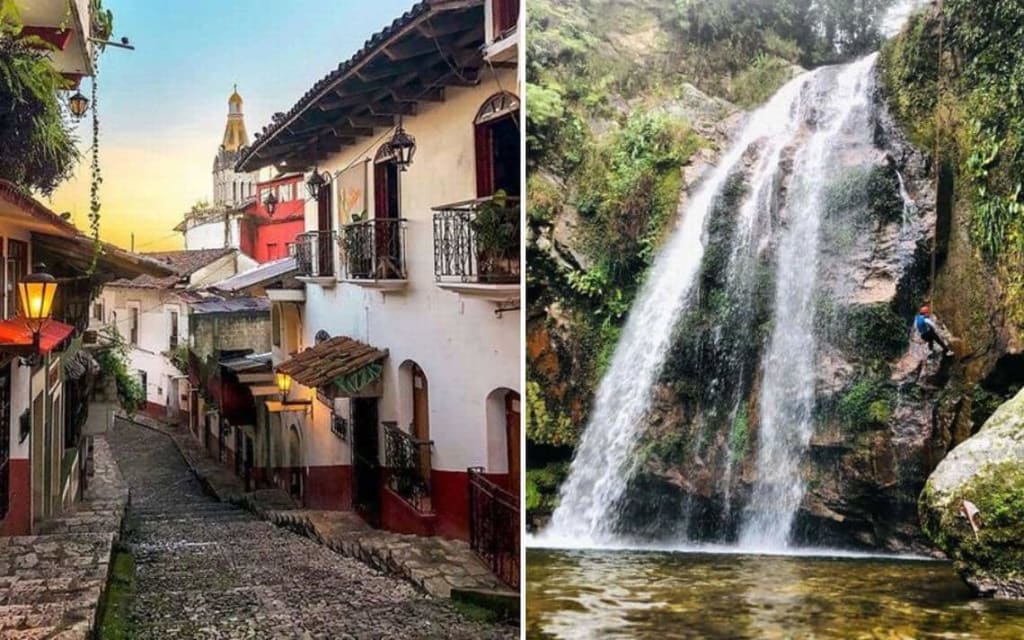

The variety and intensity of the indigenous life of the town is its main feature of interest.
Every Sunday, it holds one of the most culturally rich “tianguis” (street markets) in all of Mexico, which they turn into a kind of pre-Columbian party, with dances, spectacles, and sale of all sorts of objects.
By the way, the Sunday tianguis of Cuetzalan is like a dressing rite.
Men wear white, while women wear the colors that for centuries corresponded to the communities and towns that went to the street market, including white, black, and blue.
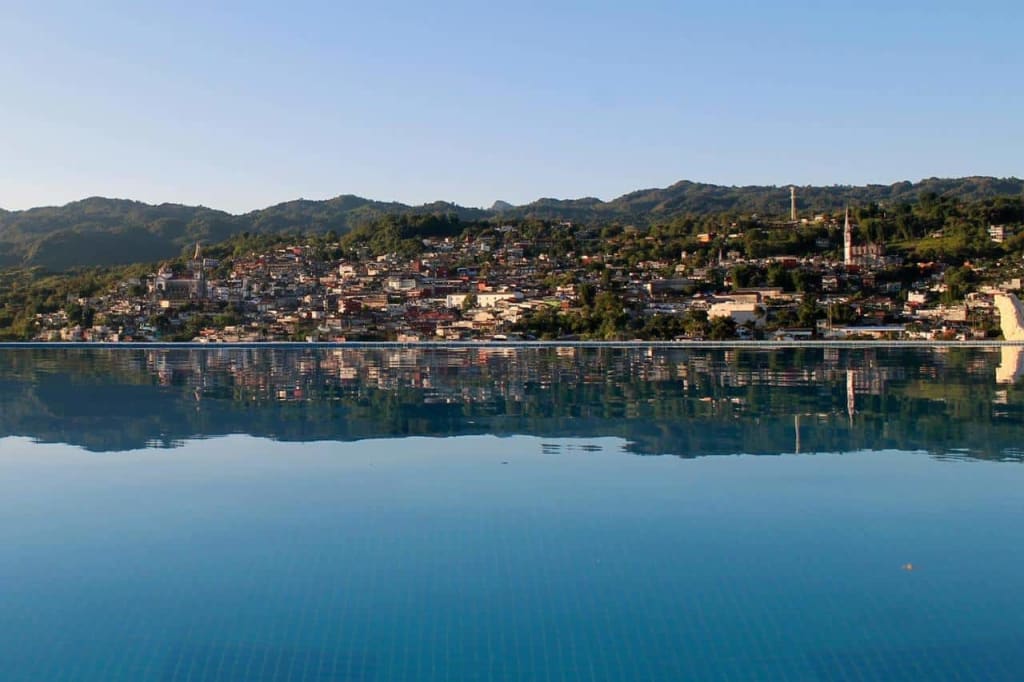
Recommended Hotel in Cuetzalan: Villa de los Vientos
The products at the tianguis include typical Serrano embroidery, huaraches, flowers, coffee, other vegetable products, and traditional foods and beverages.
Likewise, the medicine and gastronomy of indigenous origin have superb samples, such as yolixpa and tlayoyos, all these attributes together with the beauty of the town.
1. Learn about the local drink, Yolixpa
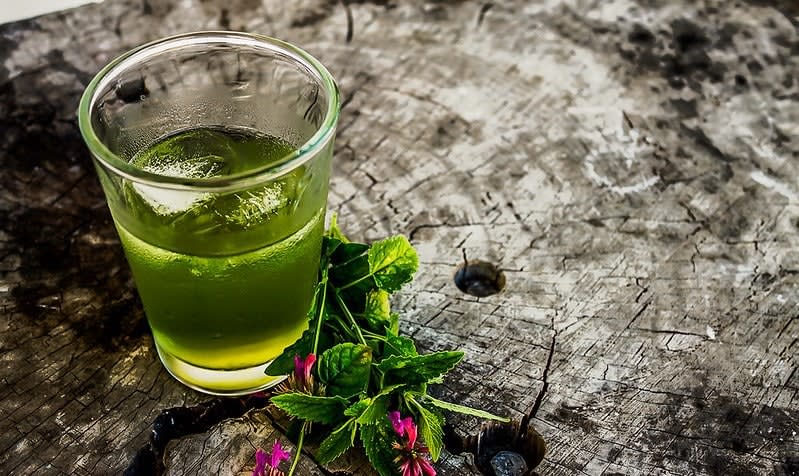
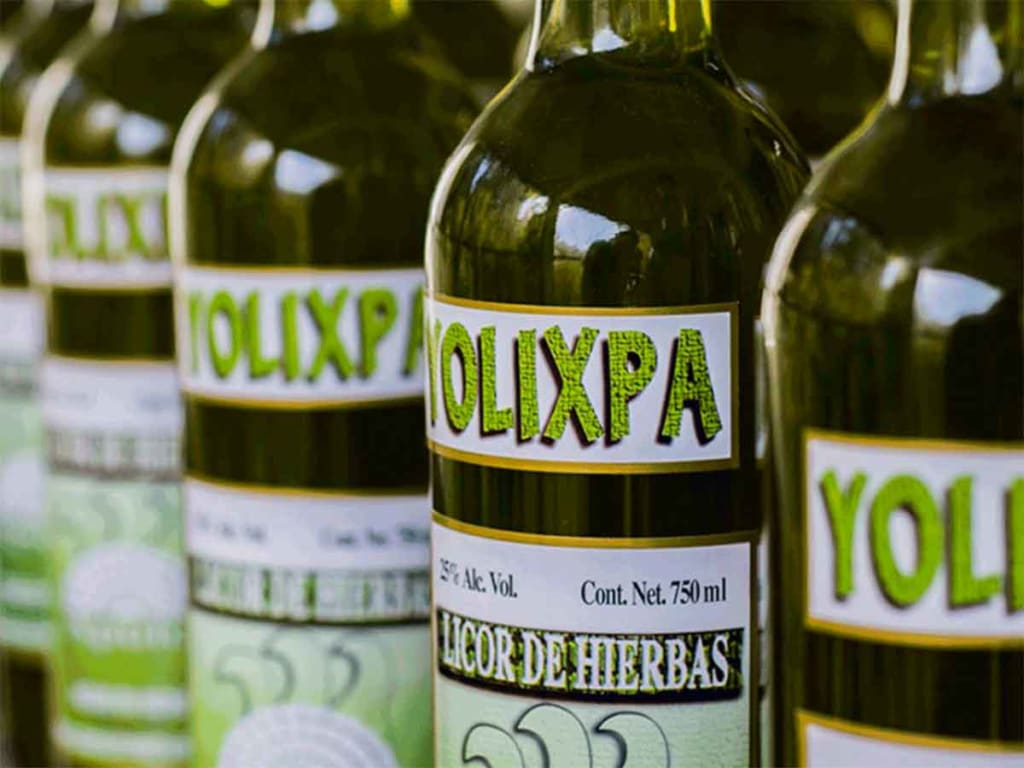
Yolixpa is a drink originating in the highlands of Puebla that is one of the greatest gastronomic and cultural expressions of Cuetzalan.
It is made with at least 23 herbs and started as a remedy elaborated by the indigenous healers and then as a drink to combat the cold of the highlands.
Although the recipes are somewhat reserved, it is known that between 23 and 30 herbs that grow in the highlands are used, including sage, mint, basil, oregano, and thyme.
You may want to read: Xicotepec Puebla: Your Ultimate Magical Town Adventure
The herbs are left to steep in water mixed with aguardiente (moonshine), the alcohol helping to preserve the liquid.
The original recipe, for medicinal purposes, had no sweeteners and was very bitter. There are now flavored versions.
The yolixpas of Cuetzalan are the most famous in Puebla and its surroundings.
They are prepared in 3 basic versions: natural, sweetened, and flavored with fruits and grains, but unsweetened.
Plain yolixpas have the green color provided by the herbs.
The most commonly used flavorings are passion fruit, orange, coconut, and coffee. Generally, honey and piloncillo are used as sweeteners.
In any restaurant, bar, or stall in Cuetzalan, you can drink a yolixpa; bottled versions are also available for takeaway.
2. Admire the architecture of Cuetzalan Puebla
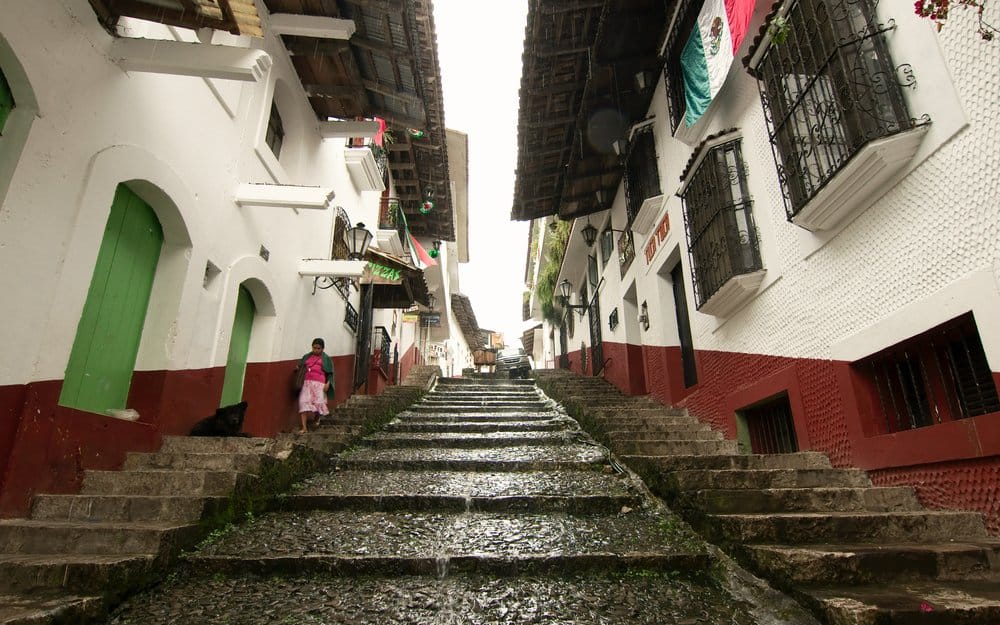
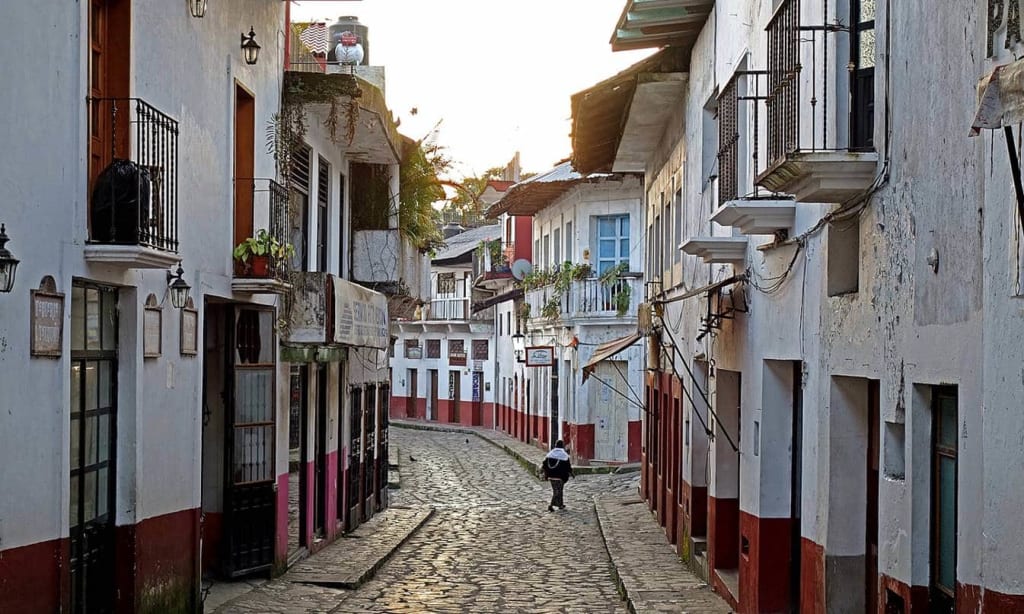
Again, Cuetzalan is a town whose sloping streets and houses with large eaves painted white and red give it a pleasant architectural profile.
Apart from the general village landscape, some buildings constitute architectural jewels: the Municipal Palace, the Church of San Francisco, the Chapel of the Purísima Concepción, and the Sanctuary of Guadalupe.
The original building of the San Francisco de Asis temple was erected during the 17th century, with several later modifications, the last one in the 1940s.
Its striking 68-meter-high clock tower, with Renaissance and romantic lines, was added at the beginning of the 19th century and is the tallest among the churches in Puebla.
In the middle of the atrium is located a mast for the execution of the dance of the Voladores.
The Chapel of the Immaculate Conception was ordered to be built by a local family at the end of the XIX century and finished in 1913.
It has the particularity that it is oriented in a south-north direction, contrary to the catholic architectural mandate that churches should have their main façade facing west.
The builders may not have been very devout, but they left a beautiful work popularly called the church of La Conchita.
Inside there is a religious mural by local painter Joaquín Galicia Castro.
3. Visit the Municipal Palace of Cuetzalan

This majestic building of rustic neoclassical architecture was completed in 1941, according to a partial replica of the Roman Basilica of San Juan de Letran.
In the center of its entrance is a national coat of arms, and the summit is ornamented with a sculpture of Cuauhtemoc, the work of local artist Isauro Bazán.
Another attractive building is the Casa de Cultura de Cuetzalan. Initially called the “Casa de la Gran Máquina” (big machine house) at the end of the 19th century, it was built as the main center of the coffee industry in the area.
The large coffee business house with gothic windows had rooms for classifying and storing the grains, offices, areas for deliveries, and the gigantic machine that gave it its name.
It currently houses the Calmahuistic Ethnographic Museum, the Library, and the Municipal Archives.
4. Ethnographic Museum
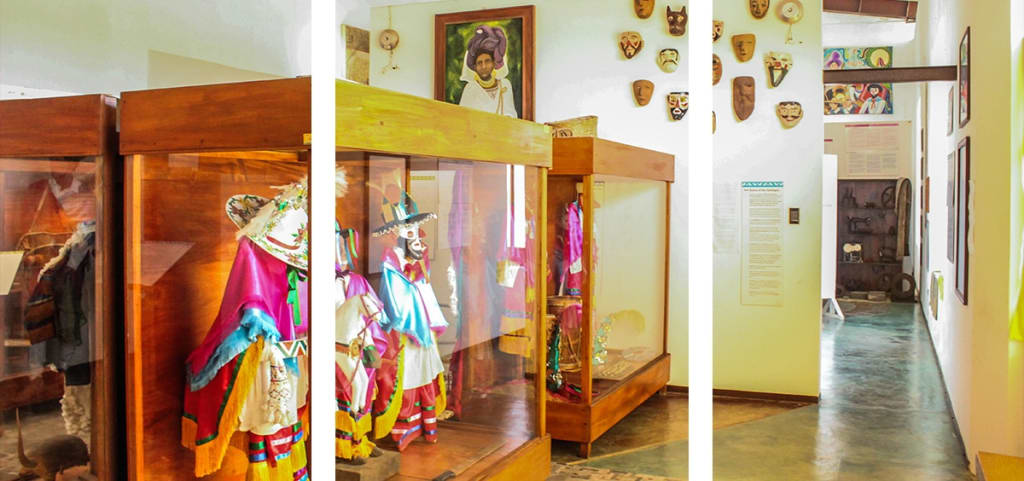
The Ethnographic Museum Calmahuistic is an exhibition about the anthropological environment of Cuetzalan from archaeological pieces extracted from the site of Yohualichan, photographs, and documents.
Fossils, instruments, tools of the Totonaca civilization, traditional costumes, musical instruments, looms, handicrafts, and other pieces are exhibited.
The collection is displayed in 7 rooms of the House of Culture of Cuetzalan (Spanish and Nahuatl).
5. Enjoy the local festivities
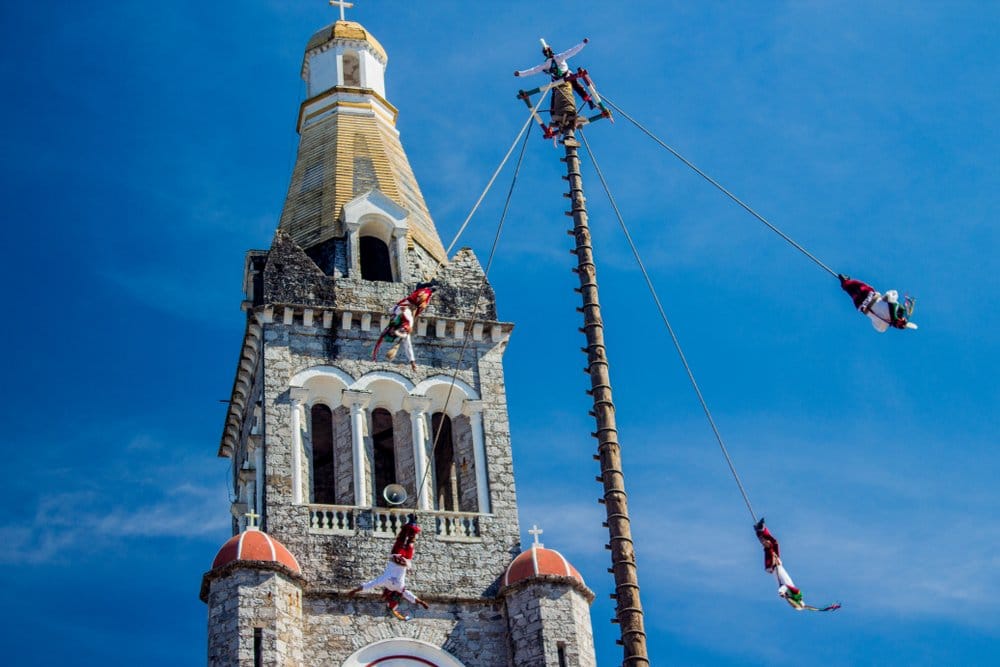
The first week of October is full of joy, excitement, and colorfulness in Cuetzalan Puebla since on the 4th, the patronal feast in honor of San Francisco de Asis is celebrated.
Also, during that week, the Coffee Fair takes place.
The festivities of Cuetzalan are rich in pre-Hispanic dances, among them the Dance of the Quetzals and the Voladores.
Another exciting event is the National Huipil Fair, an indigenous festival during the first days of October.
This event elects an indigenous queen, and the candidates must be young indigenous women who speak Nahuatl, wearing the typical Cuetzalteco costume.
6. Try the delicious food in Cuetzalan Puebla
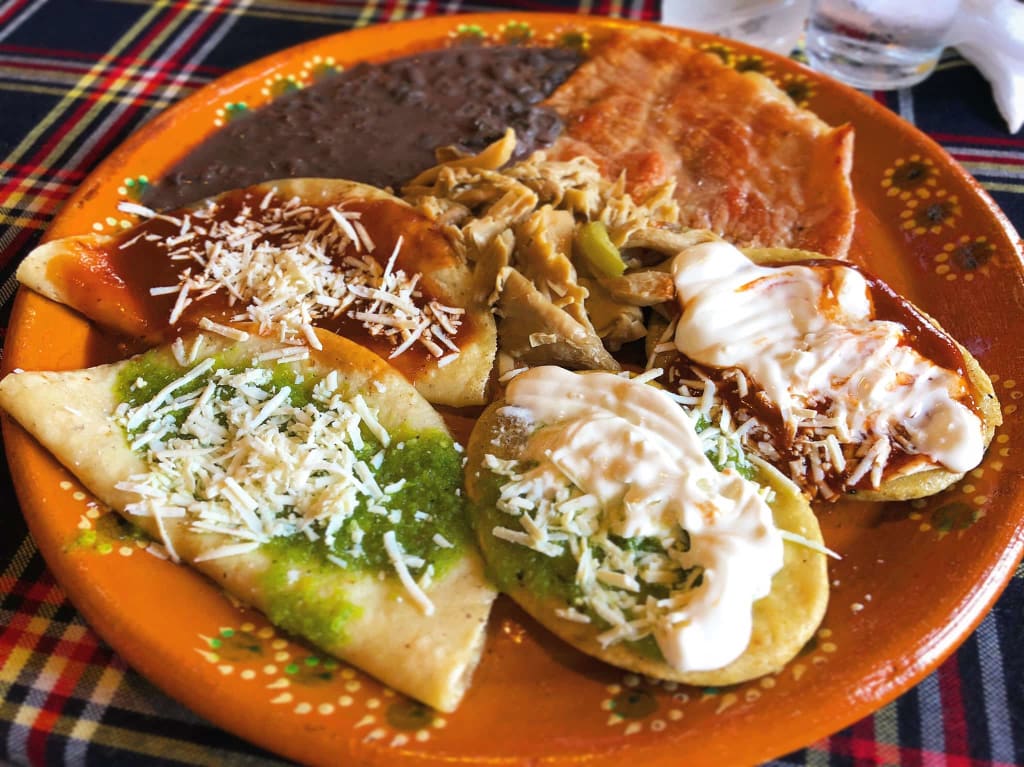
Cuetzalan cuisine is based on fresh ingredients produced in the foothills of the mountains, whose harvests are favored by the area’s high humidity.
The gastronomy shows autochthonous dishes and others fused with the culinary art of Spain and other regions of Mexico.
Some essential local cuisine products are mushrooms, aromatic herbs, fruits, mainly passion fruit, and coffee.
And, as I mentioned earlier, the star drink is yolixpa. Typical desserts include sweets made with passion fruit and macadamia. Another local delicacy is the tayoyos.
These tayoyos (tlayoyos, tlacoyos, and other names) are trendy Mexican snacks in several regions.
In its basic form, it is a thick corn tortilla filled with a bean stew or other grains, seasoned with a chile sauce, nopales (diced cactus paddles), and other ingredients.
Cuetzalteco tayoyos are made with a dough based on cooked peas, avocado, and green chile leaves, fried in pork lard seasoned with cheese and a spicy sauce.
7. Get some handicrafts and visit nearby places

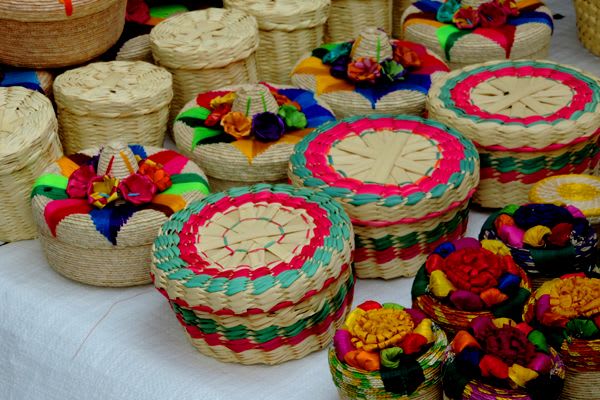
The Matachiuj Handicrafts Market in downtown Cuetzalan on Miguel Alvarado Street, a few blocks from the town’s main square, offers textiles made with traditional backstrap looms.
You can also find basketry objects and wood carvings made by local family workshops. Among the variety of textile pieces are huipiles, backpacks, and shawls.
Five minutes from Cuetzalan is the town of San Miguel Tzinacapan, where they make beautiful pottery. It also has a picturesque church and a rich collection of traditional dances.
The music of indigenous flutes, native drums, rattles, and instruments from Spain, such as violins and guitars, serve as background to the dances and the Voladores show.
Another town close to Cuetzalan is San Andres Tzicuilan, which has refreshing pools and numerous waterfalls, such as Las Brisas, Las Hamacas, La Atapatahua, Atltepetl, and El Salto.
Cuichat is also very close and has some good lakes for swimming.
Nearby there are some cave systems, among which I can mention the cave of Amocuali or Devil’s lair, a place where, according to the myth, the spirit of the visitor is trapped if he doesn’t pronounce the magic words “ya vamonos” (let’s go) when leaving.
8. Explore the Yohualichan Archaeological Zone
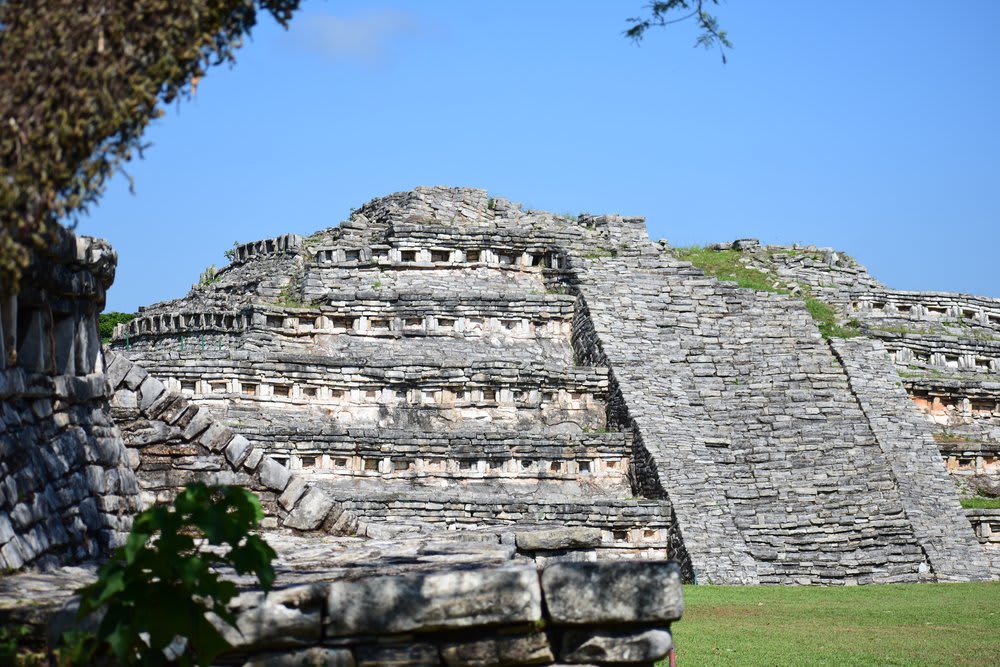
This archaeological site is 7 km east of Cuetzalan. It is a work from the early classic period, approximately the 2nd century AD.
The settlement of Yohualichan was erected by Otomi and Totonacs, who came from El Tajin.
The splendor of the site occurred around the 600s, and its fall began around the 900s with the arrival of the Toltecs.
Cuetzalan, Puebla, Magical Town: Final thoughts
In conclusion, Cuetzalan, Puebla, offers an enchanting blend of natural beauty, rich cultural heritage, and warm hospitality that makes it a true gem among Mexico’s Pueblos Mágicos.
From its cobblestone streets and vibrant markets to breathtaking landscapes and traditional ceremonies, every corner of Cuetzalan tells a story of history, tradition, and community.
Whether you’re seeking adventure in its lush surroundings, solace in its serene atmosphere, or a deep dive into its indigenous culture, Cuetzalan promises an unforgettable experience.
So pack your bags, set your spirit free, and let Cuetzalan work its magic on you.